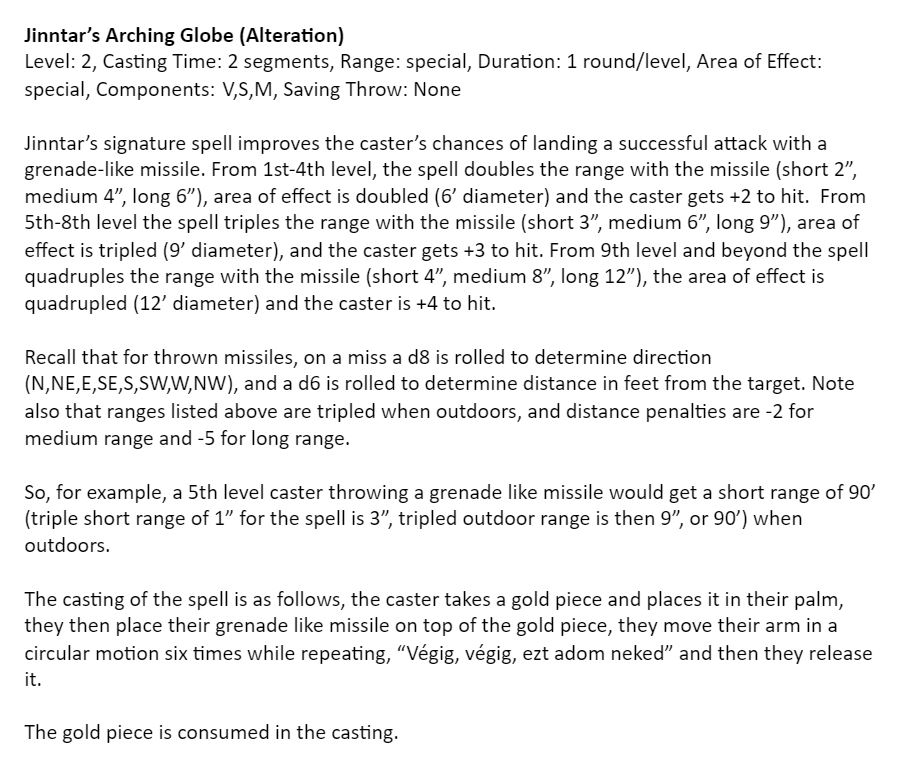I see a lot of bashing of early edition D&D around here, but I wonder how familiar people actually are with the game. 1e AD&D has a lot of rules people don’t know, and many of them are interesting and well designed. #DnD #ADnD 
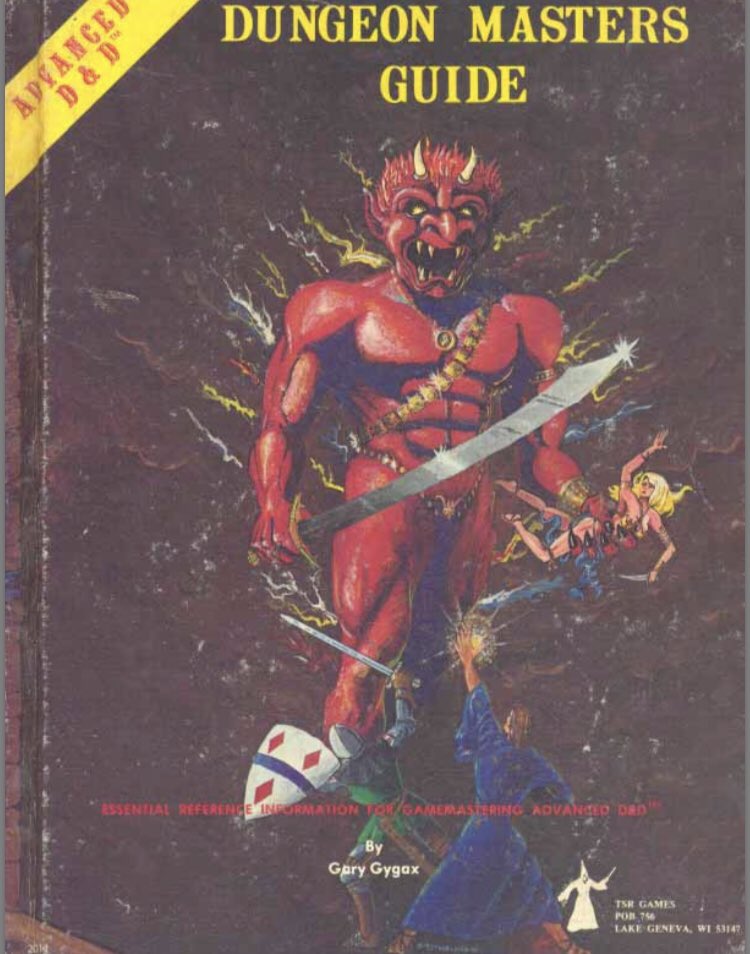
So I’m going to do a series of tweets where I outline the brilliant rules in AD&D. THIS ISN’T A KNOCK AGAINST ANY OTHER SYSTEM, it’s a celebration of what works well in early edition D&D (not everything does!) You might find things you can pinch for your game.
First off, people often ask how to make NPCs more interesting, enter the Personae of NPCs tables! You can improvise this stuff, but in a pinch you can also roll for characteristics like personality, piety or interests. 


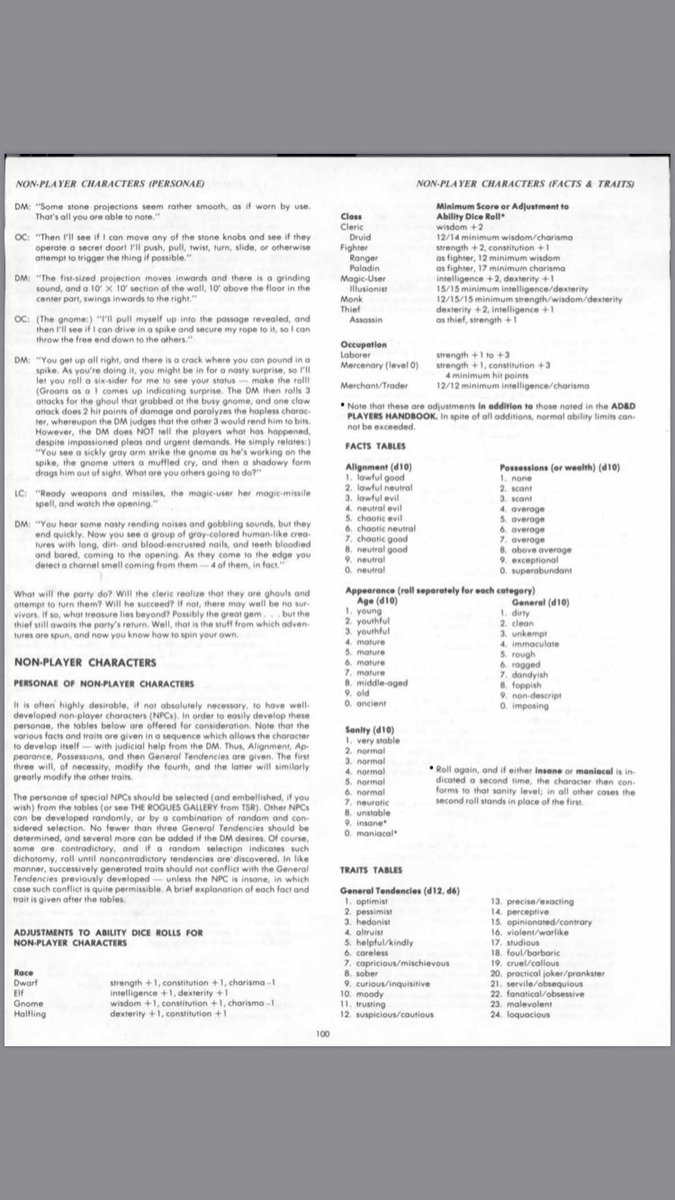
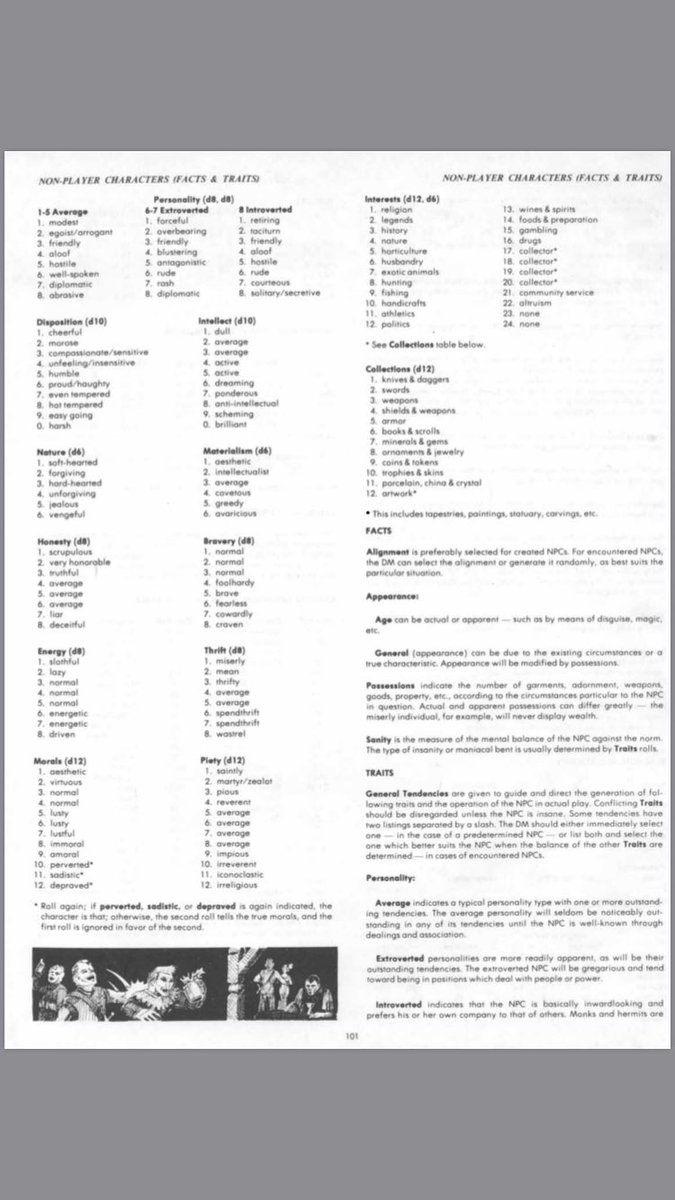

Continuing my thread of awesome 1e AD&D rules, today it’s the scroll spell casting system. People have criticized the 1e spell system before, but they tend to ignore the full scope of system, like the scroll casting rules. 
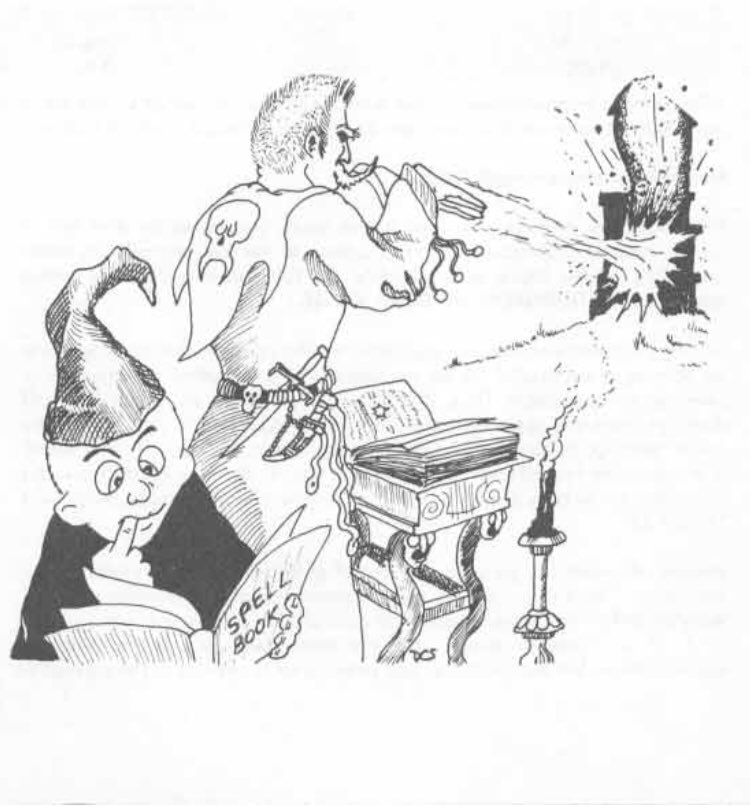
AD&D makes a magic-user roll to see if they “know” a listed spell (eg can cast the spell if they have it), based on intelligence, so there are spells you can’t memorize and use. I like this as it helps to differentiate magic-users. 
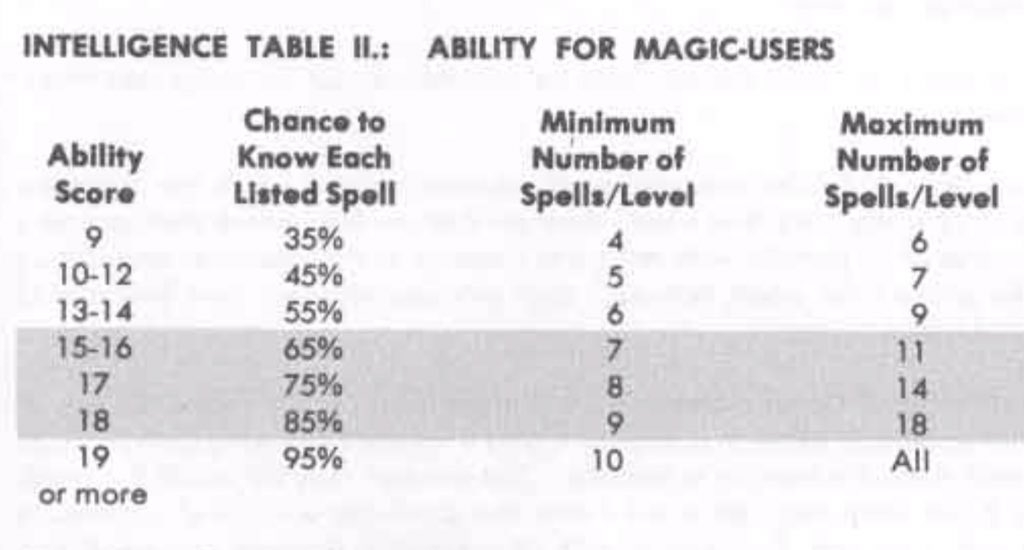
However, even if you fail your roll “to know” a spell you can still cast it from a scroll, this gives a “back door” so no spell is completely beyond a PCs ability to use, but some are still quite restricted.
In addition, a magic-user can also cast a more powerful spell than their level would allow if the spell is cast directly from a scroll. The cost is that they use up the scroll spell and can’t transcribe it to their book for regular use later.
1e assigns a failure chance and a chance of reverse/harmful effects when a MU casts a higher level spell this way. The chance of failure is 5% x [level needed to cast spell - current level] 
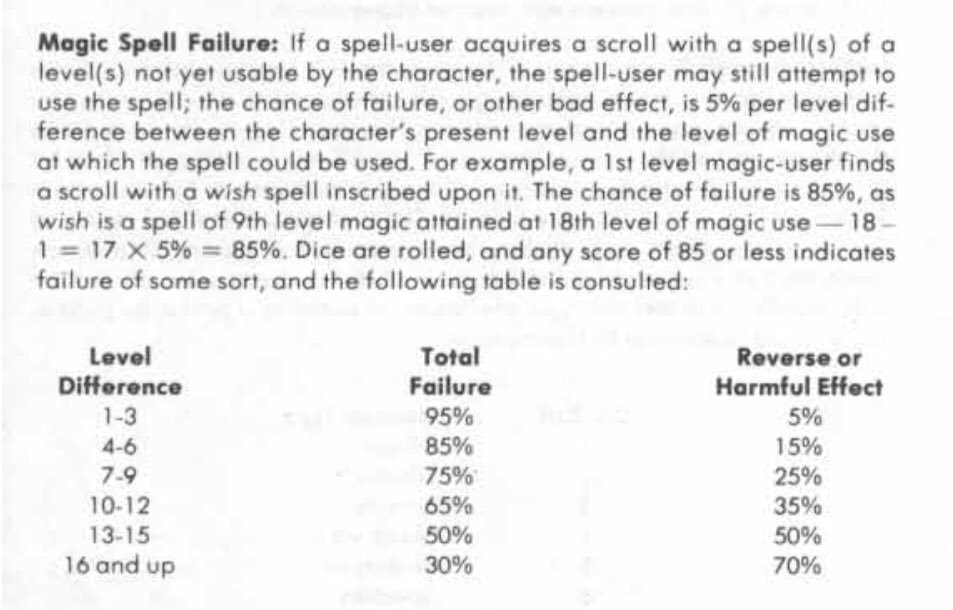
So a 1st level MU casting a 3rd level spell (normally only possible for a caster of 5th and higher level) would have a 20% chance of failure. The chance for harmful result(from the table) is then 15%.
What is brilliant about this is that the odds of *harmful* failure are pretty low, as Gygax used nested probabilities. The odds of the aforementioned MU getting a *harmful* result in this case are 20% x 15% = 3%
This is the perfect mix, odds of failure are non-trivial, but odds of harmful failure are low, and it’s simple to calculate. This tempts players to use the spell before they are high enough level to be able to memorize and regularly cast it.
But it also gives them a “Hail Mary” option that isn’t overpowered as once used it’s gone. My players *LOVE* this mechanic, it helps to give a low level spell caster some love without giving them too much power too soon. And it can produce spectacular results!
Gygax was very good at creating risk/reward mechanics, this is a perfect example: give up regular future access to a high level spell in exchange for the possibility of casting it at low level and having it spectacularly succeed or catastrophically fail.
This is one of the reasons I cringe when someone says Gygax wasn’t a good game designer or he wasn’t creative, 1e is filled with brilliant rules like this one, that elegantly succeed in something (well balanced risk/reward) that many modern games struggle with.
And the best part is that you can import this system into any game that assigns castable spells by level progression (I assume 5e does this, though I don’t know if it uses the 1e scroll casting rules)
Would it make more sense to tweet each new example separately or just keep adding to this thread? I have a few examples 😉
Next up in the “why first edition is fabulous” thread is the spell casting system. People bag on the first edition system, but it works remarkably well at differentiating the classes (adding flavor to the game) and restricting the power of spell casters. 

Anyone who has played the game for any length of time can tell you that spell casters can dominate the game at mid to high levels. I’ve seen many such complaints voiced about newer editions and other games, which try to “balance” this beefing up other classes with feats and such
1e deals with this as it deals with most issues: resource management! The spell system uses slots, you get so many per day, and once cast the spell is wiped from the mind. Spell casters have to rest then memorize/pray for their spells each day.
This puts a restriction on spell casters, there are only so many slots, they can’t just call up whatever spell they need on the spot, and they have to plan for rest and memorization/prayer time. While adventuring it is not always possible to stop/rest and prepare new spells. 

Spells have components, verbal, somatic and material. Verbal and somatic requirements mean a caster who is bound or gagged won’t be able to cast certain spells. Also, material components can be rare or expensive, and can be lost/destroyed, nullifying spell casting ability. 

Also, if struck while casting a spell the spell is lost, a crucial limitation on the power of spell casters, as this means they must be protected in melee to be able to cast spells successfully. This rule alone inspired some of the best tactical play I’ve seen over the years.
And then there are the class differences. These are what make the system flavorful, and flavor is so important to the game. There are schools of magic, each class has access to more of some schools than others, one immediate difference
Magic-user spells have the greatest scope of offensive, defensive and miscellaneous spells, clerical spells tend to be more protective / miscellaneous, druid spells are focused on nature, and illusionist spells on deception/redirection
People often think that magic-users get the best deal in all of this, as they have the greatest scope of spells, and some of the most useful offensive spells in the game. However…
… magic user spells tend to require more components and more expensive components, whereas clerics get to use their holy symbol as a component for many spells, druids use mistletoe (or substitutes) and illusionists have fewer material components for their spells than magic-users 



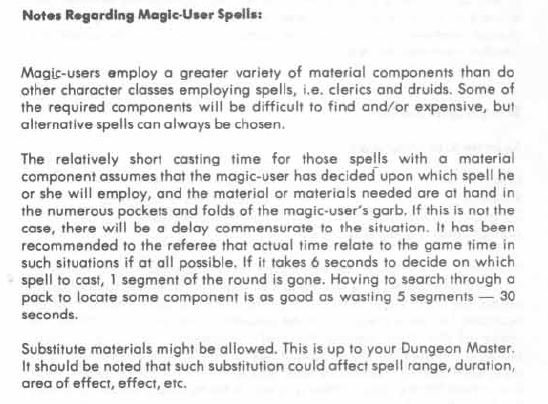
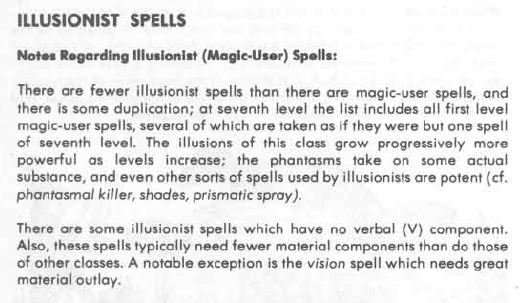
Also, magic user and illusionist spells have to be found, clerical and druidic spells are all available for the caster at the appropriate level, they just have to pray for them. This difference is huge, as clerics and druids get access to the whole list of spells at each level
Other differences: clerics get bonus spells if they have a high wisdom score (13 or more), illusionists can use certain MU spells, and magic-user and illusionist spells also have on average shorter casting times, so they are less likely to be interrupted 

The system restricts magic users with the most demanding material component outlay and the need to find spells, it restricts all casters by using slots, requiring VSM components, requiring spells to be rememorized/prayed for, and interrupting spells when the caster is struck
The 1e system is also customizable as there are multiple restrictions on spell casters, and it is possible to drop any one of them without significantly altering things. Rather than “oversimplify” the spell system, it is modular enough that it can be customized.
For example, substitute material components for spells, dropping the need to memorize individual spells and allowing free-casting, allowing multiple memorization of single spells, or allowing MU’s to have a single item (like a wand) as the material component for their spells 

I've seen all of these done over the years (and I've done a few of them myself). A more "simplified" system, preferred by many for game play, doesn't allow this sort of customization, something I consider a strength of 1e.
There are also rules for creating new spells in the DMG for both the DM and the players, which makes the system uniquely open ended. Every campaign can add to the list of spells available in the game, and in doing so expand the game for your campaign in a unique way
All in all the 1e system gives you a customizable, expandable system that restricts the power of the spell casting classes while also differentiating them in interesting ways. Considering that the biggest complaints I see about spell casting systems are...
... that they are too powerful, that magic isn't that flavorful, or that they can't be easily customized, 1e has a lot to reccomend it. Add the scroll casting system to the mix to address spells not known and higher level spells, and the 1e system really shines
Next in our review of 1e’s best features: hit points. Ahh, but you say, most games have hit points, so why is this a 1e thing? Well, Gygax explicitly discussed the way HP broke down. And when you do that... 
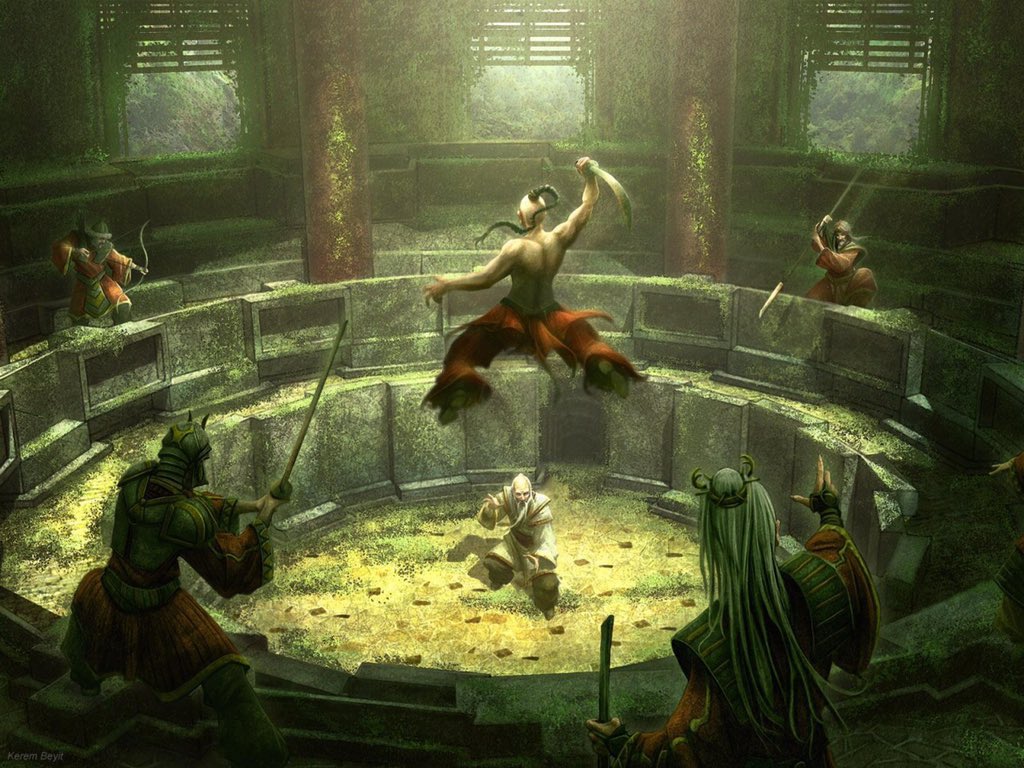
... it ends up that 1e HP are mostly non-physical, once you get beyond about first level. 0-level types in 1e have 1-6hp, so that 10th level fighter Gygax mentions is either rhino sized or lucky, fast and favored by Thor. 
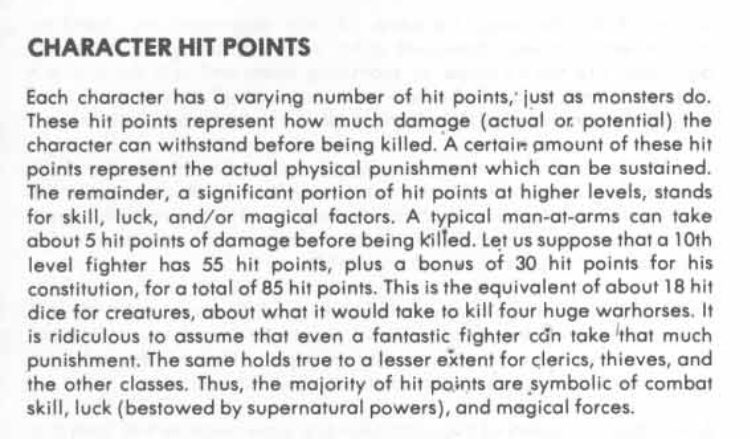
Note, I’m not saying Gygax invented abstract HP for 1e, I’m saying how he formally cashed out the abstraction is a good design decision
HP in 1e are *mainly* luck points, or dodge points, or god points. So what 1e brings to the table is a formalization of the HP abstraction, HP are primarily non-physical, and all non-physical factors are bundled together.
A good indication that people don’t really understand this is found at gaming tables, where DMs describe almost every successful to hit roll on a PC in physical terms, even though HP is primarily non-physical for PCs of level 2 and higher.
IMC until a fixed threshold of total target HP is crossed, successful attacks against targets don’t physically contact them, the damage applies to the non-physical component of HP (luck, dodging, etc.) and is described that way.
I’m not aware if earlier editions explicitly discussed the HP abstraction the way 1e does, if they did, they can claim pedigree, but treating HP as primarily non-physical, and not treating the non-physical factors separately, is a clever design decision.
It saves the PC the process of deciding to use their “luck points” to save them from a blow, it saves the designer from introducing a dodging mechanic or “God’s aid” system, all of these are rolled into one abstract number.
Gygax does a lot of this sort of abstraction, the one minute melee round is another example (more on that later), it has some limitations but it does simplify while allowing allowing you to add complexity later if desired
Up next: encumbrance! I think encumbrance is a vital part of the game. I don’t understand why people think it is so fiddly, like many other mechanics in the game you “pre-load” the work before the play session, so you don’t really have to do much with it during play. 
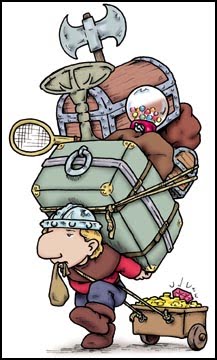
It rewards characters who don’t try to carry everything in the book, and it rewards magic-users and thieves who wear lighter armor and carry fewer and lighter weapons. Many monsters in the MM have movement rates lower than 12”, so being light on your feet is life saving.
Importantly, it creates a cost to wearing armor, and thus fits into the 1e “resource management” framework. Making choices about tradeoffs like this is one of the core features of 1e play, and something that gives the edition its unique flavor
Here is how 1e does it:
1. Calculate your encumbrance – weight in pounds of all your equipment, clothing and armor, when you create your character.


1. Calculate your encumbrance – weight in pounds of all your equipment, clothing and armor, when you create your character.
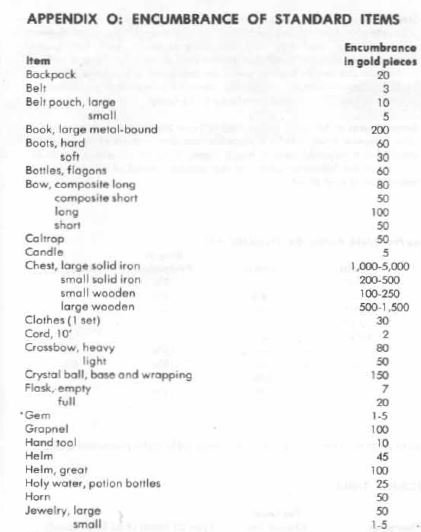

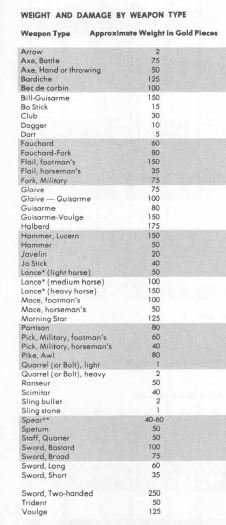
2. Adjust for strength and this gives you a movement rate, if your base move with armor is lower, you take the lower movement rate of the armor.
3. You note how much more you can carry before you shift up a movement category, and how much you have to drop to shift down

3. You note how much more you can carry before you shift up a movement category, and how much you have to drop to shift down

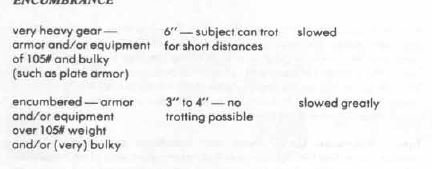
In practice we don't bother to check encumbrance after chargen unless the PC picks up something particularly heavy. Players also note what they would have to drop to move up a movement category, e.g. drop your pack to increase your move from 9" to 12"
I've seen some clever abstract systems, and they work too, but 1e's system is quite simple once you realize you only need to establish the base encumbrance once at chargen then note the ranges for increasing or decreasing speed.
There are a lot of features of 1e that are like this, they *look* fiddly and complicated, but they are pre-loaded into the character then during play you hardly need them. I think this is an intentional design feature and a brilliant one.
Next up in the 1e is fabulous thread - rules for fighters! I’ve seen games and editions that beef up the fighter too much, making them into cuisinart’s with their swords by adding attacks and feats. 1e’s fighter progression was elegant. 

First off, fighter’s can wear all armor, get the most weapon proficiencies, get new proficiencies more often than other classes (except the monk) and have the smallest non-proficiency penalties. Given the proportion of magical weapons in the DMG this is a class advantage 


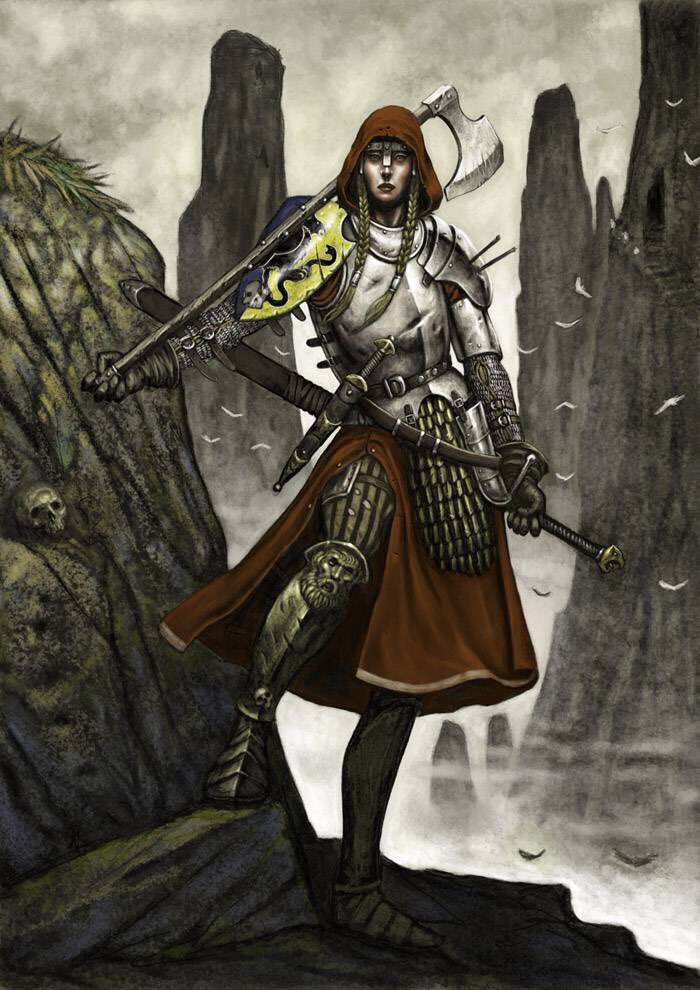
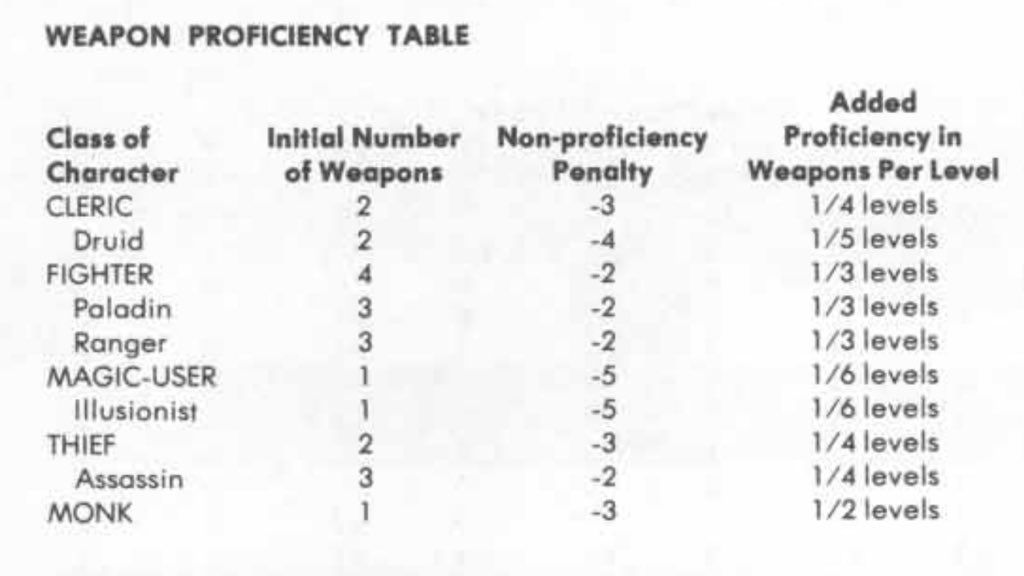

Fighters also get access to any weapon in the game, a first level fighter can have a melee weapon, a missile weapon, a long weapon and a blunt weapon, which makes them incredibly versatile. 


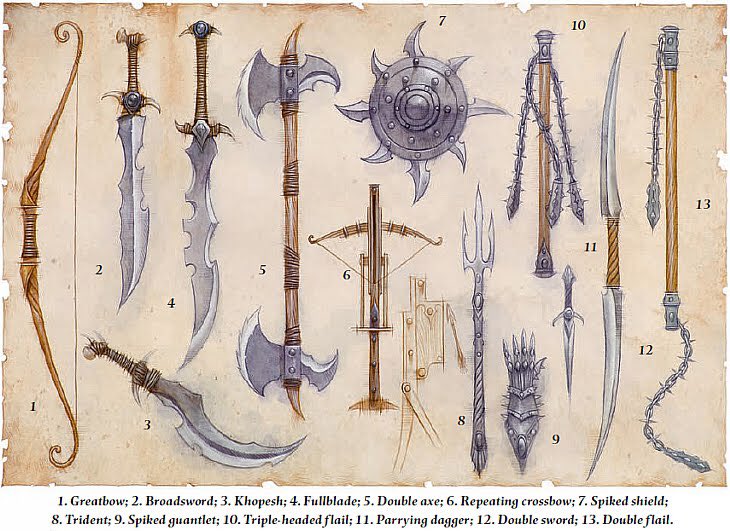
Also, if you use the full range of weapon stats (eg speed, space required, weight, WvrsAC, weapon special abilities like spetum disarming) then the fighter’s comparative advantage is greater. Gygax’s system was integrated like that. 
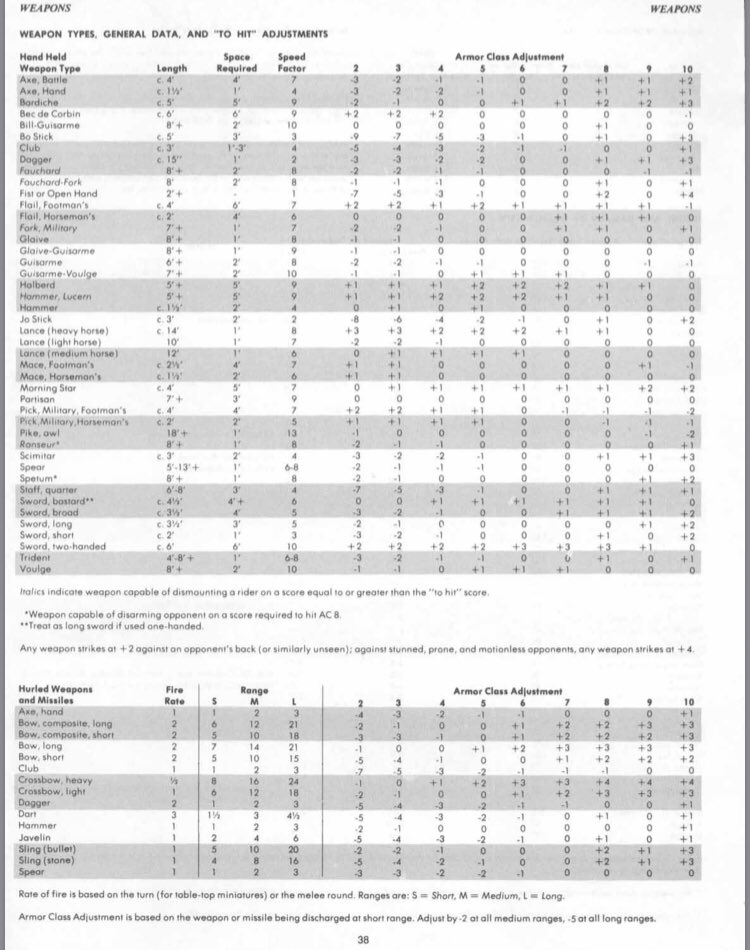
Then the “to hit” tables, not only do fighters get the best advancement, but you have the option to do per level to hit advancement of desired. One of the challenges of 1e is that these rules are spread out and hard to find. 
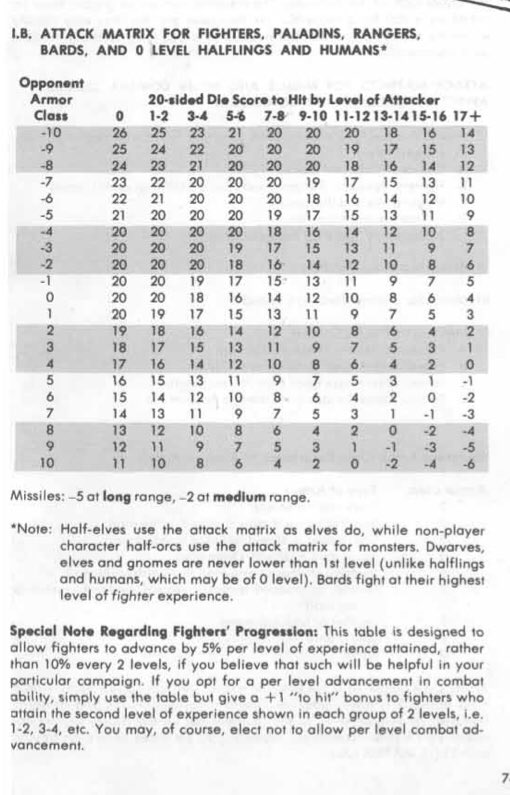
This rule is particularly brilliant. One attack per level of experience against 0-level foes includes attacks against soldiers, city guards, mercs, etc. Some DM’s give levels to most of these NPCs, but by default most are 0-levels. I think this is elegant, nested design. 


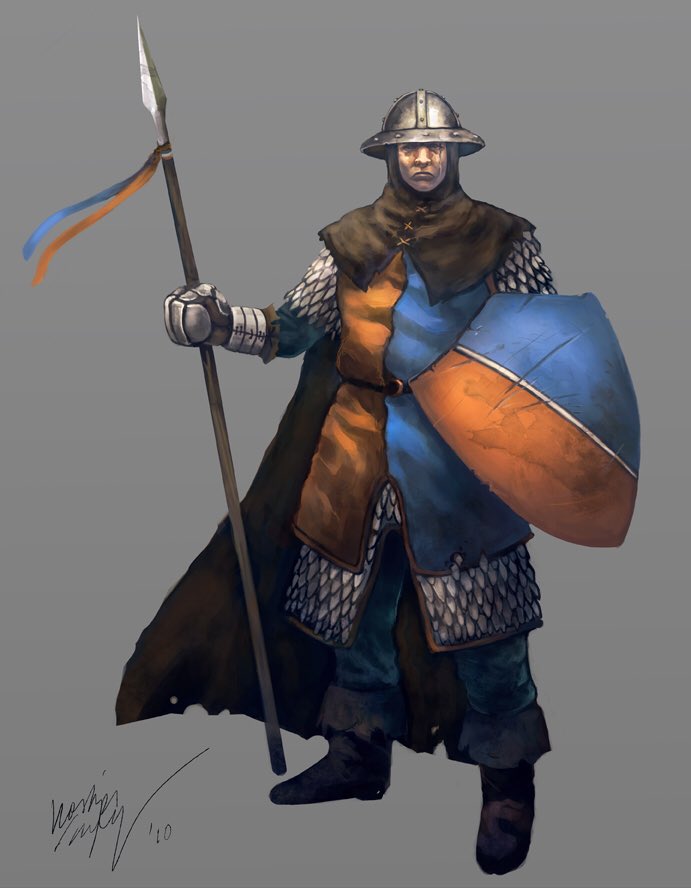
And the multiple attacks per round against all foes at 7th level. BITD every fighter in the game lusted after 7th level, multiple attacks per round are enormously useful, holding that off until 7th really helped keep things reasonable. 
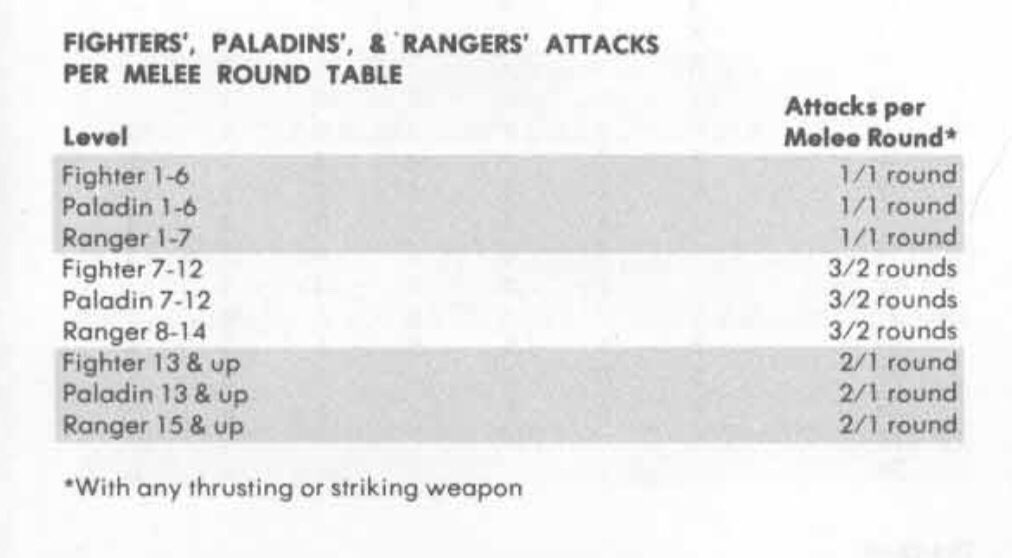
1e is one of those games that rewards understanding of how the pieces fit together, all of the aforementioned rules make fighters versatile but not overpowered, something that later editions tried to duplicate with varying success
Next up - Spells! 1e has some “broken” spells, but that’s in part due to the sheer scope, there are 400+ spells in the PHB! People complain about the “sprawl” of 1e and the flaws, but just for spells alone 1e outstrips almost every other fantasy RPG for the base game. Long post! 
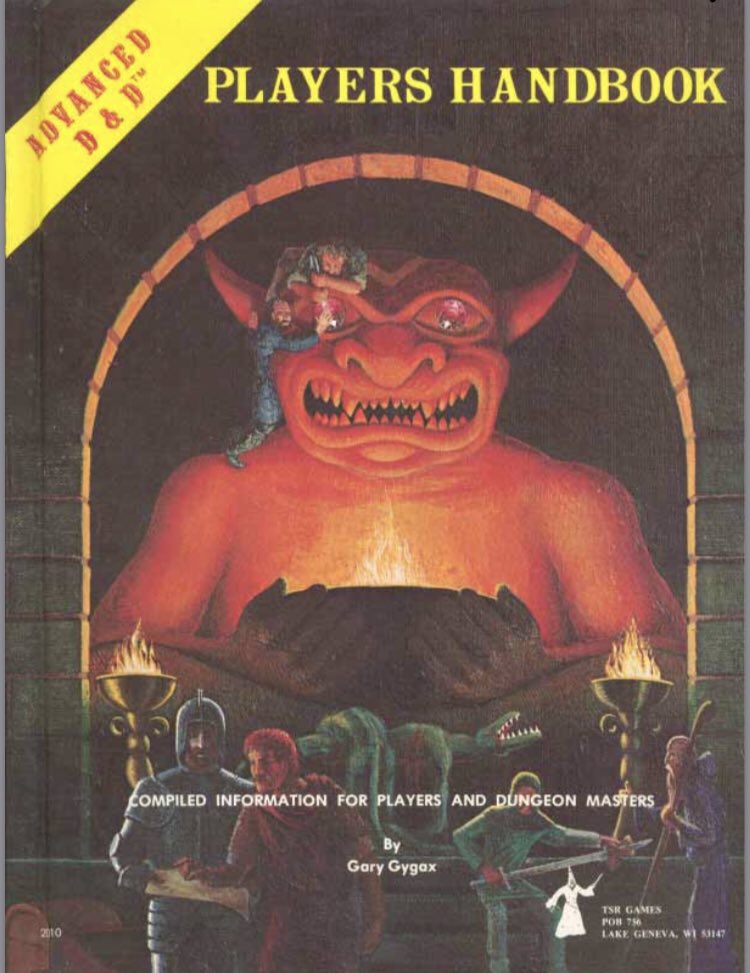
And the spells themselves have some interesting aspects that are forgotten: they aren’t “balanced”, they often have dark themes, and many exemplify the risk/reward/resource management aspect of the game
One of the cleverest aspects of 1e spells is their lack of overall balance, between or within classes, when combined with random allocation of spells and “to know” rolls this feature virtually guarantees magic users to be tactically opaque. 

Take “sleep” for example, as a first level spell it is far more powerful than most first level spells, or stinking cloud, a second level spell which can immobilize opponents without a save. 
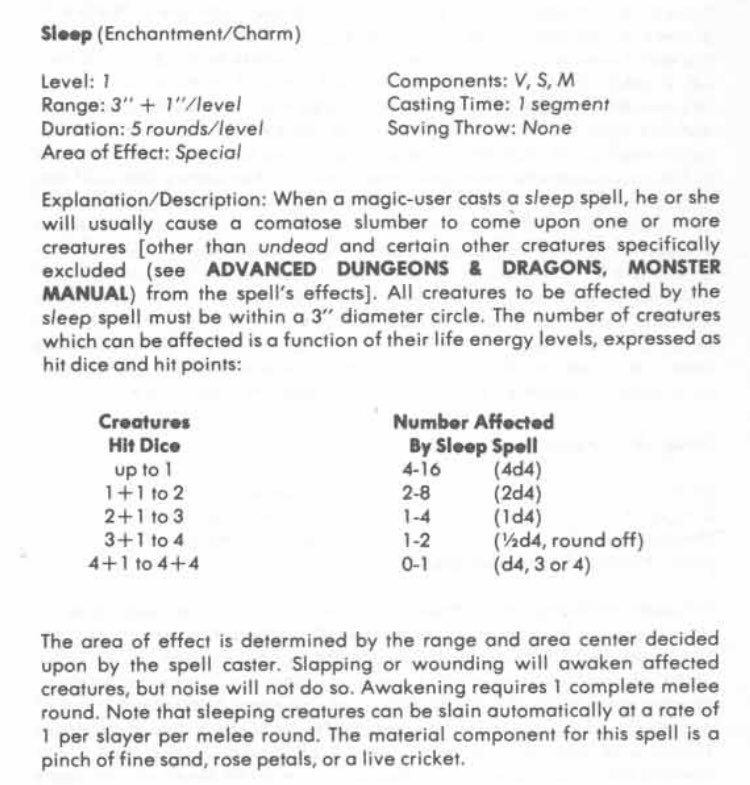
Every class has a few of these overpowered spells, and ran BTB the MU can’t guarantee they will get them. This incentivizes creative play to obtain them, and makes it harder for the party to assess the risk of an enemy wizard.
And due to the scroll casting system, even a 1st level MU has a chance of being able to cast a high level spell, so finding a high level spell (easily done on the treasure tables) creates an instant resource management challenge: cast the spell or save for the spell book
1e magic is seen as “bland”, so some suggest darker themes (necromancy, the “cost” of magic) need to be added to the game, but these themes are already there in 1e spells! Elementals turning on their summoners is a great example, as written summoning elementals is very Elric. 
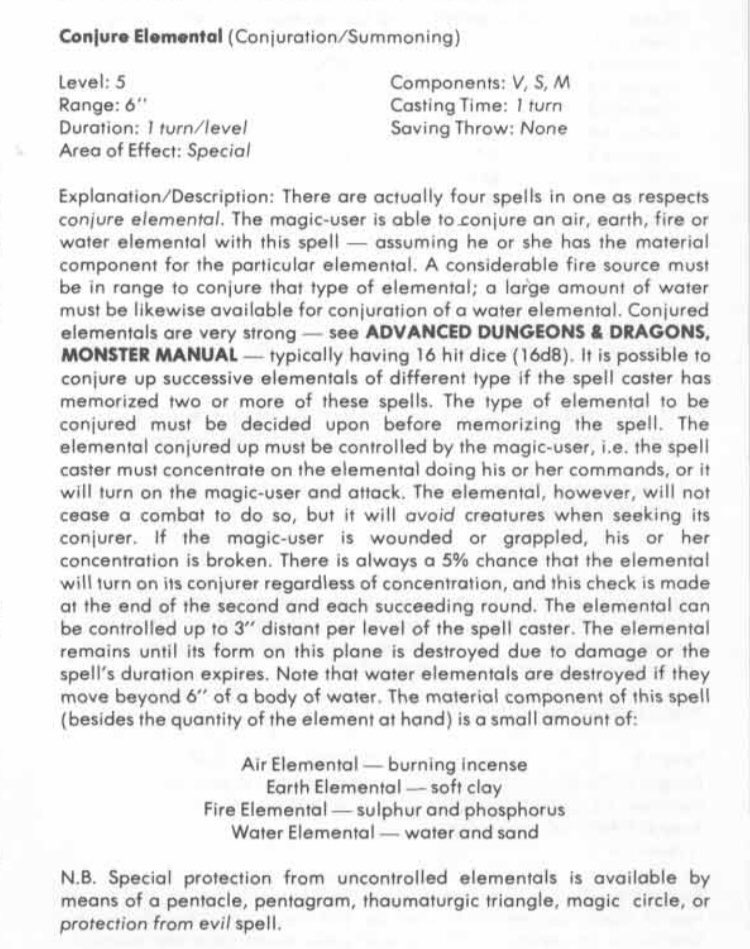
Polymorphing gives the target a chance of losing their minds, teleport can send you into the ground, magic jar is... evil! 1e spells are darker than they appear, something forgotten when you focus on the spell slot system or the spells with errors in them. 



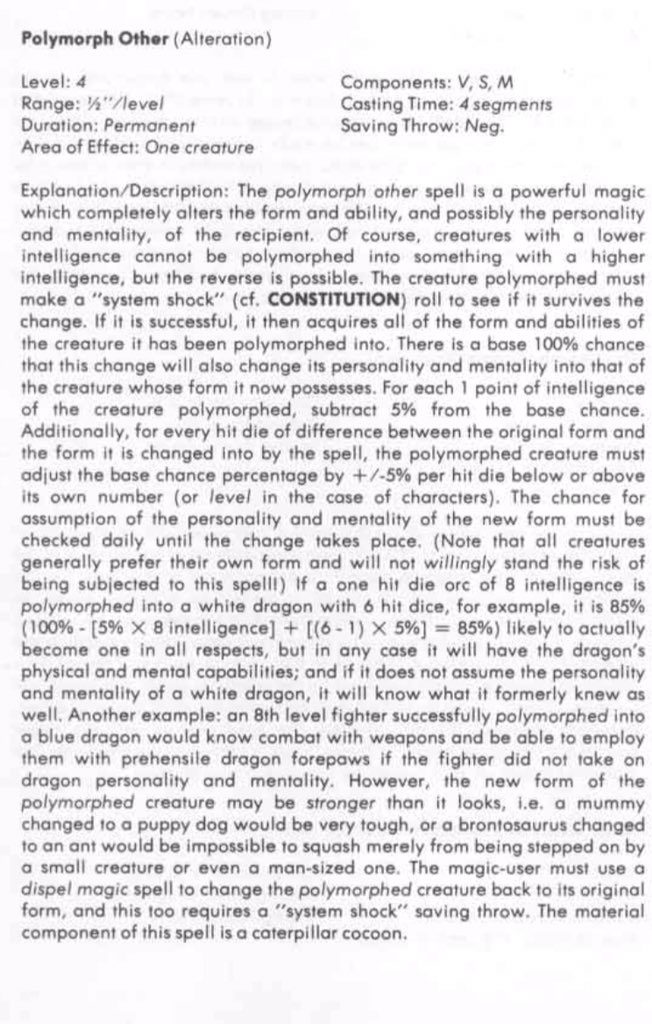
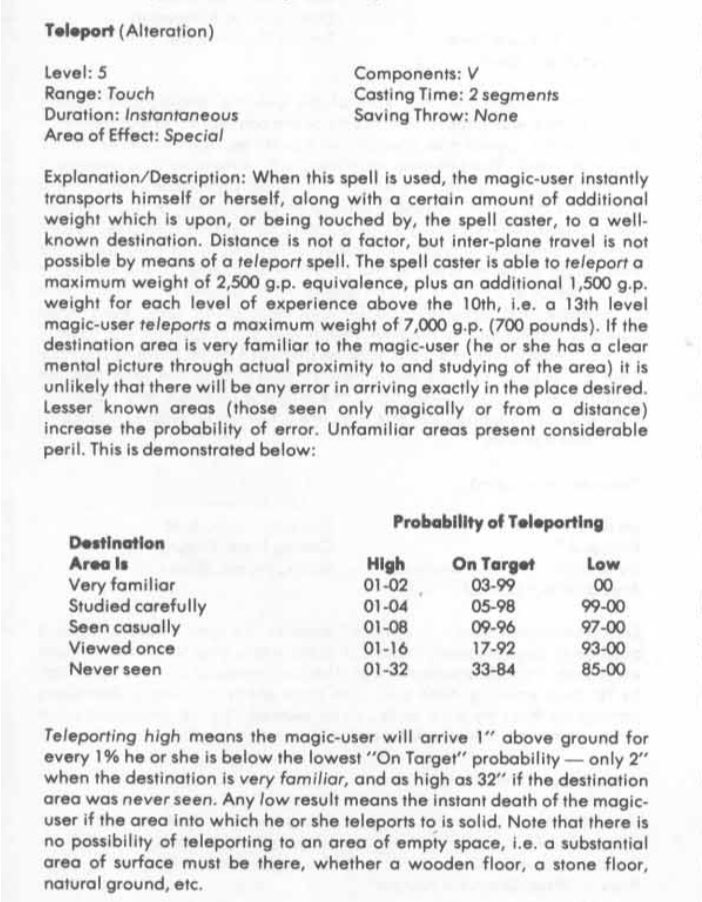
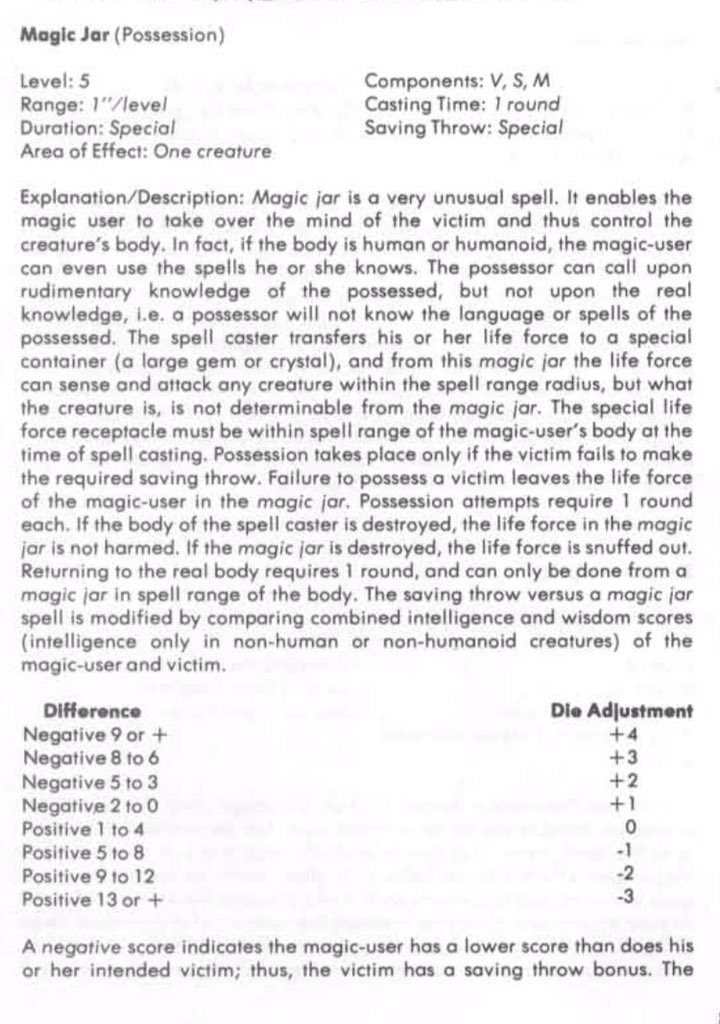

Flavor! 1e spells ooze flavor. Material components (eat a live spider for spider climb), effects (disappear into an extra-dimensional space for rope trick), phantom steed (“...They do not fight, but all normal animals shun them, so only monstrous ones will attack”) 


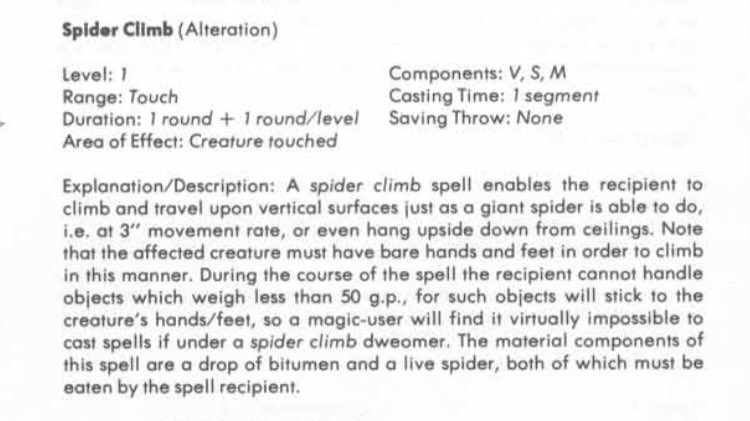
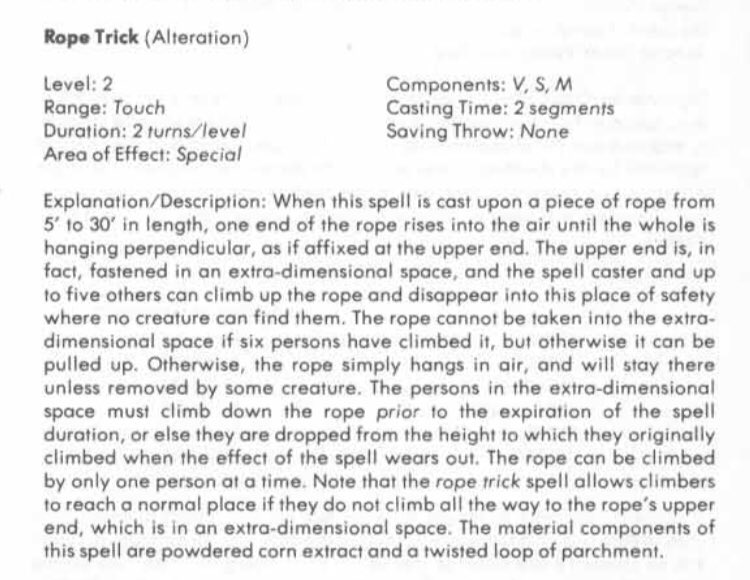

And then class differences, Cleric spells take longer to cast but clerics can pray for any spell on the list rather than having to acquire them “in the wild”. Illusionists can use any cross listed MU spell (but not vice versa) 

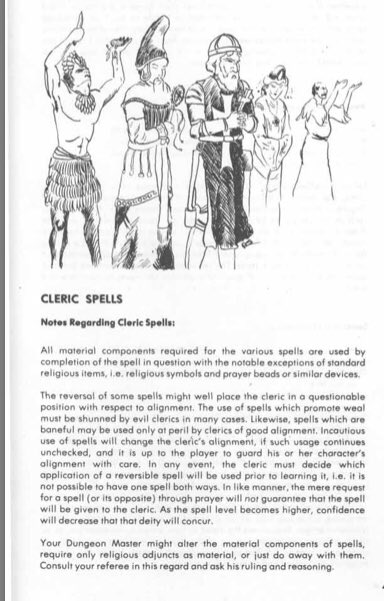
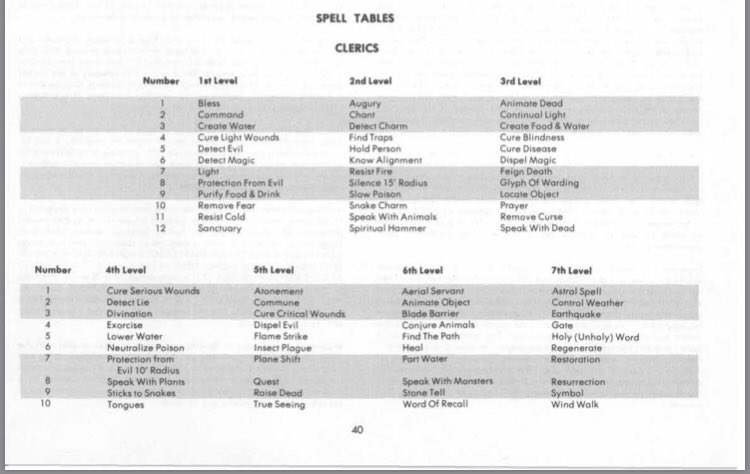
Druids have mistletoe as a material component but less efficacious substitutes are allowed, clerics can use their holy symbols as a material component for many spells. Actually, 1e suggests that the DM could allow substitutes for any spell components, for variable effects. 

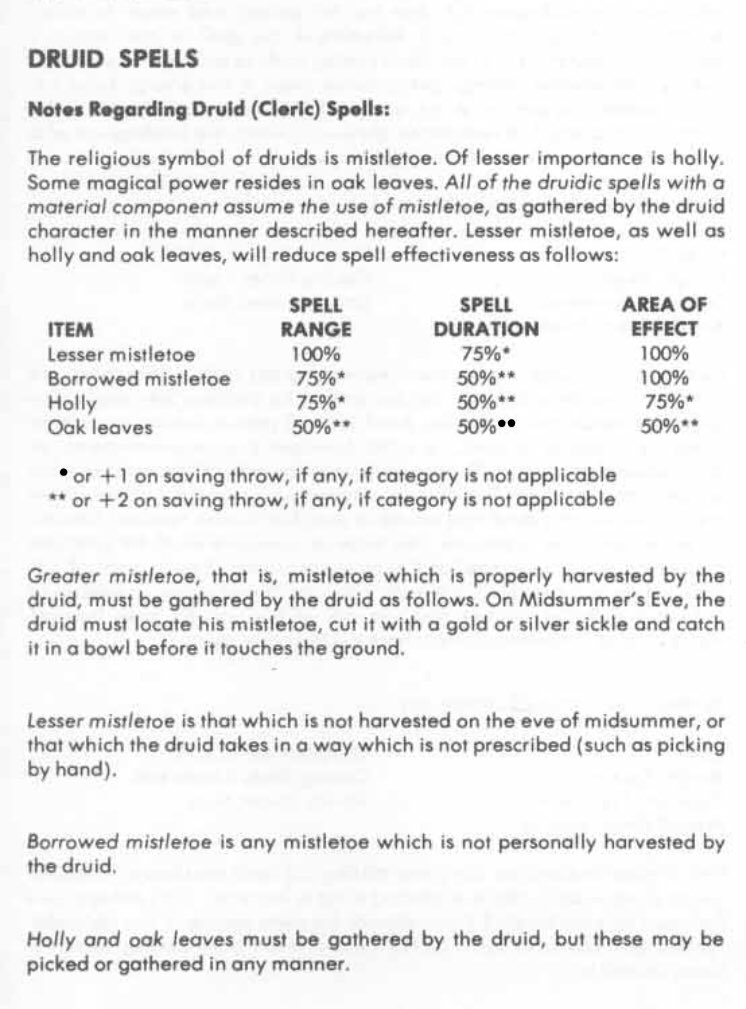

Illusionists! Their spells are written in a non-magical language, and as they increase in level their spells become more real. And to cast phantasmal force the illusionist has to have seen the subject of the illusion before, so every encounter they survive adds to their arsenal
Lastly, DM’s and PCs can research their own spells, modules often included a few new spells and items to give the flavor, and the DMG discusses the details of the process. Every DM I know has tried her hand at making spells, it adds local flava to the game.
Abundant choice, random spell allocation, “to know” rolls, uneven spell power levels, material components, scroll casting, homebrew spells and flava! 1e’s spells bring a lot to the table, and are one of the best designed features of the game.
But wait! There are some badly designed spells in 1e! Yes, Flame Arrow, identify and Enchant an item are borked, but in a game with 400+ spells I have needed to “fix” about 10.
1e allows you to go to other planes, encounter gods, time travel, teleport, become invisible and read other minds. 1e spells do a ton of things, Gygax gives you all the relevant stats (range, AOE, components, etc.), a description of its execution, and leaves the rest to you
For example, what does a magic missile look like? Can it target a non-living object? If I know someone is around a corner can I target them with a MM? Spells are a rabbit hole of complexities as they interact with the game environment.
The brilliance of this design is that it allows you to flavor your world through magic, it doesn’t impose it. It encourages tinkering and experimenting, YOU decide if something picked up by an invisible party member becomes invisible too.
This is what I like about 1e, it gives you what you need, but you have to flesh it out to make it work best. That may look like bad design, but it’s actually quite brilliant. What I disliked about other editions and games was how much of this was baked in.
People get distracted by the crunch of 1e, but most of that was optional, the meat was strong base mechanics for a remarkably diverse game, 1e had conversion rules for Boot Hill and Metamorphosis Alpha, modules like Barrier Peaks & books like D&DG
Next up in the good 1e design thread: saving throws. Although 1e did have several examples of ability checks (e.g. intelligence for phantasmal killer) it’s primary mechanism was the saving throw. 
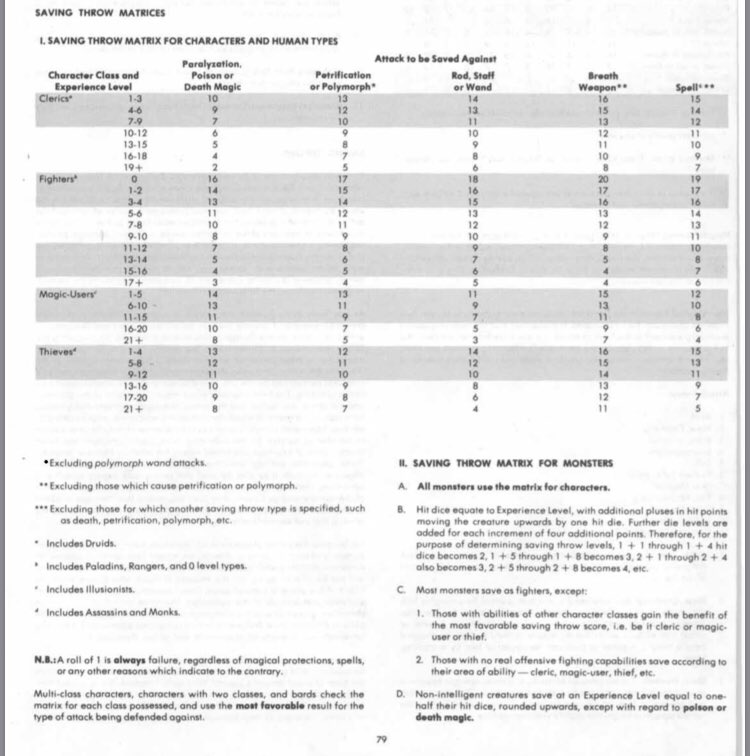
I don’t like ability checks for 1e as abilities are generally pretty static, so a brand new adventurer and a seasoned veteran with similar ability scores have similar chances, and they don’t change.
The 1e saving throw tables incorporate level, class and ability scores into the mix. As you level your saves improve, the rate of progression linked to the level spread on the table and class XP requirements.
So for example, at 10,000 XP spell and RSW saves from best to worst are MU, thieves, clerics and fighters. MUs do well against magic saves, clerics do well overall as “favored of the gods”
Thieves do well across the board due to fast leveling, these are class advantages to MU’s, thieves and clerics that go unnoticed as they aren’t detailed in the class descriptions.
Ability scores influence saves as well, dexterity Defensive Adjustment applies to any dodge based saves, Wisdom magical attack adjustment applies to mental saves. 

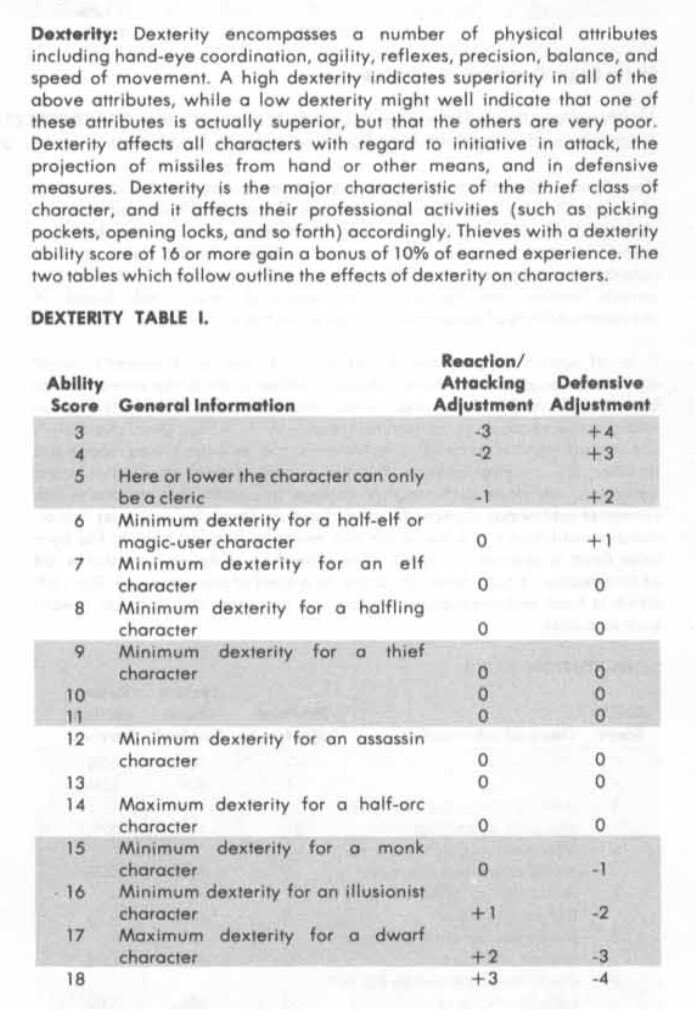
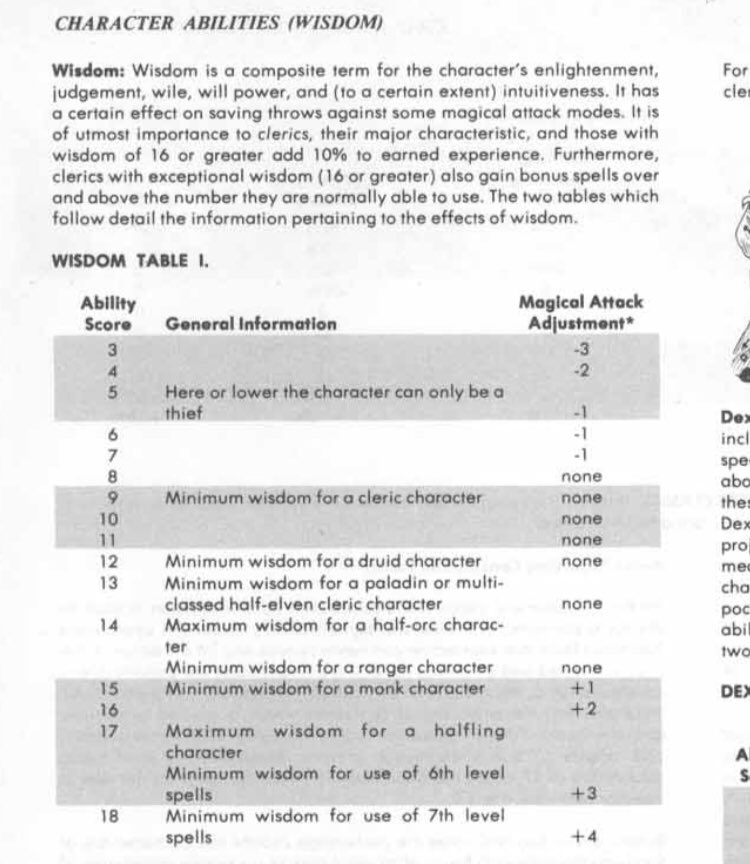
Since 1e did not have an explicit mechanism for “feats”, it was up to the DM to decide how to adjudicate “swinging from the chandelier and landing on the ogre” actions. Since breath weapon saves are agility and timing based, that’s what I use. 

The saving throw system is good design as it incorporates multiple factors to decide success but bakes them into a table to avoid excess crunch. This is a general feature of 1e design that is often overlooked when assessing crunch. 
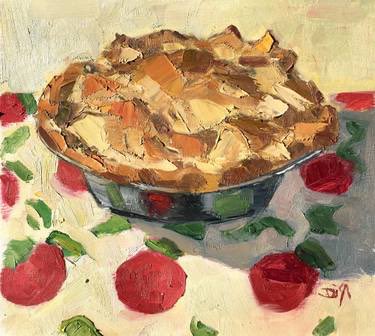
• • •
Missing some Tweet in this thread? You can try to
force a refresh





